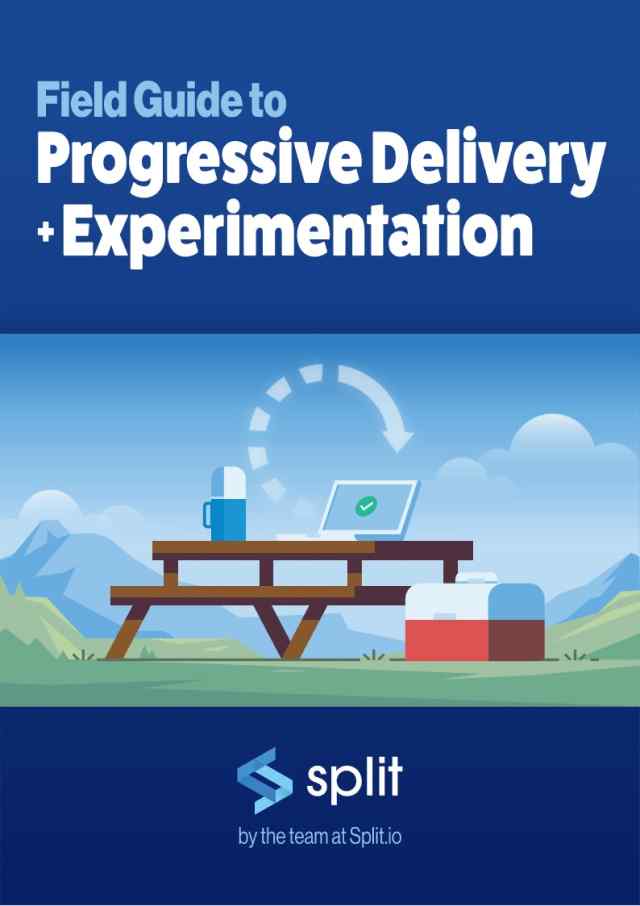Field Guide to Progressive Delivery + Experimentation
Learn eight best practices for using feature flags in production, including how to configure and manage a growing set of features within your product, maintain them over deploy time, manage infrastructure system migration, and more. Download the free guide today!

Are you ready to get started with feature flags?
Schedule a personalized demo!
renderContent(deleteTreatment) {
const allowDelete = deleteTreatment.treatment === "on";
return (
<div className="todoListMain">
<div className="header">
<form onSubmit={this.addItem}>
<input
ref={(a) => (this._inputElement = a)}
placeholder="Enter Task"
></input>
<button type="submit">Add</button>
</form>
</div>
<TodoItems
entries={this.state.items}
allowDelete={allowDelete}
delete={this.deleteItem}
/>
<TodoItems
entries={this.state.items}
allowDelete={allowDelete}
delete={this.deleteItem}
/>
</div>
);
}Top Companies Leverage Progressive Delivery
Top teams deploy updates with confidence, minimize downtime, and gather valuable feedback from users. Together, blue-green deployment and progressive delivery enable continuous improvement and innovation while ensuring a seamless experience for end-users.
Experiment with Blue-Green Deployment
Blue-green deployment is a popular approach in software development for ensuring seamless updates and minimizing downtime. With blue-green deployment, two identical production environments, blue and green, run simultaneously. Progressive delivery, on the other hand, is a strategy that allows for gradual rollout of new features or updates to a subset of users. This method minimizes the risk of introducing bugs or disruptions to the entire user base.
In blue-green deployment, traffic is initially routed to the blue environment, which represents the current stable version of the application. Meanwhile, progressive delivery enables teams to gradually expose new features to users, gathering feedback and monitoring performance before fully deploying to all users. Both blue-green deployment and progressive delivery prioritize reliability and user experience by minimizing disruptions and ensuring smooth transitions.
Blue-green deployment and progressive delivery work hand in hand to facilitate efficient and risk-free software releases. With blue-green deployment, teams can switch traffic from the blue environment to the green environment seamlessly, allowing for quick rollback in case of issues. Progressive delivery enables teams to iterate on features gradually, ensuring that updates meet user expectations and perform as expected before reaching the entire user base.
Ready to Build a Feature Delivery and Experimentation Program?
Whether you want trunk-based development, database migration, or set up an A/B test environment, if you unleash feature flags, you make it easy to deliver software features quickly and safely.
- Part One – Feature Flags and Progressive Delivery
- Part Two – Measurement and Experimentation
Each section contains detailed information to help you on your feature delivery and experimentation journey. This guide will highlight the design of experiment software to help you improve technology migration on any digital experience platform.
- To improve deployment frequency, what’s safer than a blue/green deployment
- How to use feature flags in CI/CD
- Continuous delivery vs. continuous deployment
- The drawbacks of dark launches and backend migration concerns
- Experiment management platform overview and so much more
Schedule a Split Demo Tailored to Your Needs
Speed up development cycles, reduce release risk, and focus your team on DevOps best practices that create maximum impact.
Create Impact With Everything You Build
We’re excited to accompany you on your journey as you build faster, release safer, and launch impactful products.



